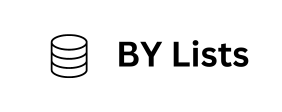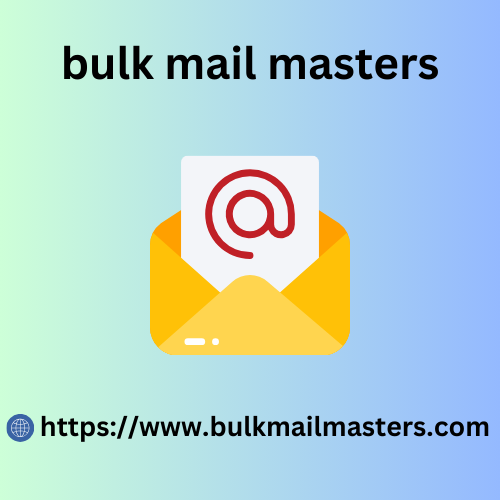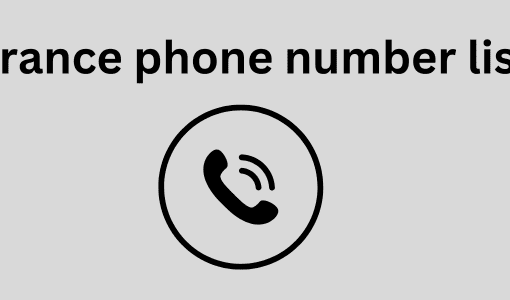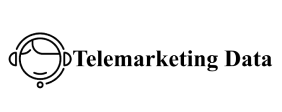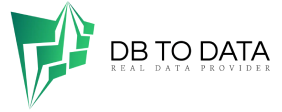What is DMARC?
DMARC stands for “Domain-based Message Authentication, Reporting and Conformance.”
It is an email authentication and security protocol designed to help organizations protect their email domains from spoofing, phishing, and other email-based attacks.
DMARC builds on two other email authentication protocols, SPF (Sender Policy Framework) and DKIM (DomainKeys Identified Mail), to provide a bulk mail masters comprehensive approach to email authentication and validation.
DMARC is a technical specification used in email authentication.
Its purpose is to protect sending domains from unauthorized use. By this we specifically mean that it helps prevent phishing, Business Email Compromise (BEC), and other email scams.
Why is DMARC important?
Not all of us use email for the same purposes.
We’ve grouped email users into three different categories so you can understand how DMARC will be useful regardless of your primary job.
- Mailbox providers
Sometimes messages fail the authentication process.
The DMARC policy provides all the information you need on how to filter these messages.
When in doubt, mailbox providers typically send an unauthenticated message, since a customer is more likely to prefer deleting spam than losing an actual email that could have been useful and meaningful.
This is why spam sometimes gets into your inbox.
All major mailbox providers support DMARC. In fact, implementing DMARC is a signal to these providers that you are a responsible and reliable sender that they can trust.
All major mailbox providers support DMARC. For example:
DKIM (DomainKeys Identified Mail)
DKIM adds a digital signature to outgoing emails, which can be verified by email recipients using the public key published with 64 types of caricatures available in the domain’s DNS records.
This helps ensure that the contents of the email
have not been tampered with in transit.
Here’s how to set up DKIM:
1. Generate a DKIM key pair:
a. Log in to your email server or hosting provider’s control panel or interface. Many hosting providers offer the ability to generate DKIM key pairs directly from their control panel.
- Email recipients
This group probably benefits the most from a good DMARC policy, as it will ensure that no malicious or spam emails reach your inbox. It will also protect you from impersonation in the “from” field, which can typically lead to fraud.
- Email Senders
The best benefit that senders get from DMARC is a safe and secure email domain. Ensuring high email deliverability will ensure your domain reputation.
Additionally, you will receive reports on the IP addresses that send mail on behalf of your domain. This allows you to keep an eye on email spoofing and find out if legitimate emails have authentication issues that affect deliverability.
How does DMARC work?
DMARC comes into play last in a three-step authentication process.
First of all, you need to configure SPF and DKIM.
SPF (Sender Policy Framework)
SPF allows a domain owner to specify which mail spam data servers are authorized to send email on behalf of that domain. Email recipients can then check the SPF records of incoming emails to verify their authenticity.
Configuring SPF is a critical step in preventing email spoofing and phishing attacks.
